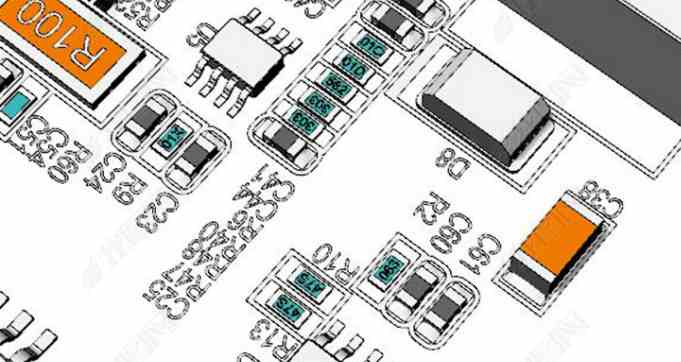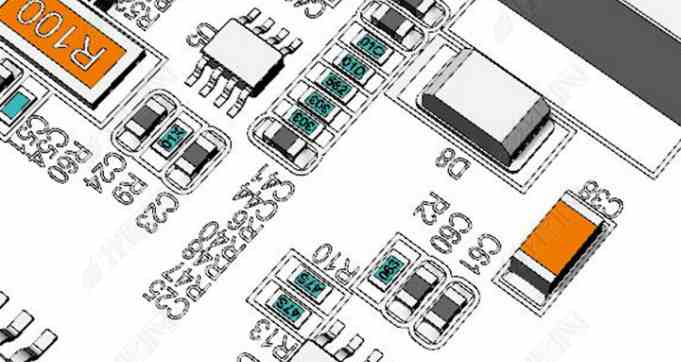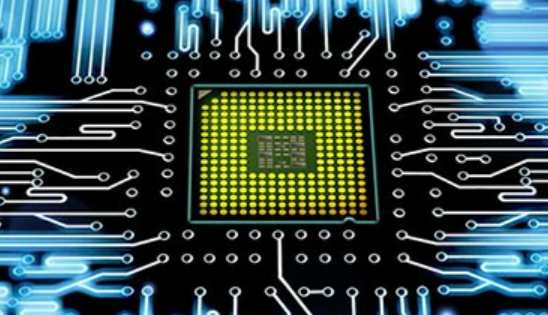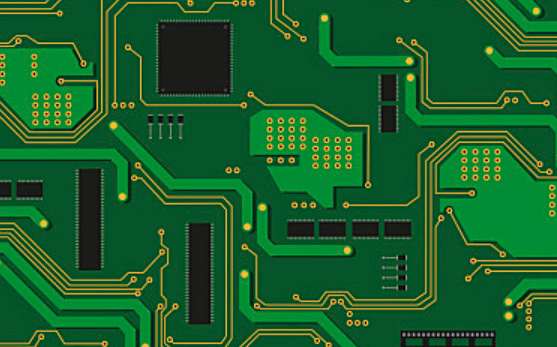
Some simple common rules of the circuit board, you must see!
How to use micro PCB coil as inductance sensor element?
Click on the red letter above to see
Combustion performance, also known as flame retardant, self-extinguishing, fire resistance, fire resistance, flammability, etc., is the main index to evaluate the combustion resistance of materials.
Ignite the combustible material sample with the flame that meets the requirements, and turn off the flame at the specified time. According to the burning degree of the sample, it is divided into three grades, including FH1, FH2, FH3, etc., and vertically placed it into FV0, FV1, VF2, etc.
Solid state PCB board can be divided into HB board and V0 board.
High flame retardant steel plate, mostly used for single-sided steel plate,
High flame retardant VO board is used for double - layer and multi - layer board.
This type of PCB board meets the requirements of V-1 fire rating and can be made into FR-4 board.
The circuit board must be fire resistant, not burning at a certain temperature, can only be softened. This point is called the glass transition temperature (Tg point) and is related to the dimensional stability of the PCB board.
What are the advantages of high TgPCB circuit boards? How to use high TgPCB?
When the temperature rises to a certain range, the substrate of the high Tg printing board will change from "glass state" to "rubber state", and the temperature at this time is called the glass transition temperature (Tg) of the board. That is to say, Tg is the highest temperature at which the substrate remains rigid.
What are the specific types of circuit boards?
From low to high, it is divided as follows:
-94vo-22F-cim-1-CIM-3-FR-4
The details are as follows:
: Ordinary cardboard, no fire resistance (low grade material, molding hole, can not do power board
: Fireproof cardboard (die punch
: one side half glass fiber board (mold
Single side fiberglass (must be punched by computer, not by die
Double-sided half glass fiber board (except double-sided board belongs to the lowest material of double panel, simple).
Double layer plate can also be used, cheaper than FR-4 version 5~10 yuan/square meter

: Double-sided fiberglass board.
The circuit board must be fire resistant, not burning at a certain temperature, can only be softened. This point is called the glass transition temperature (Tg point) and is related to the dimensional stability of the PCB board.
High Tg PCB circuit boards and the advantages of using high TgPCB High Tg printed boards will change from "glass state" to "rubber state" when the temperature rises to a certain range.
This temperature is called the glass transition temperature (Tg). That is to say, Tg is the highest temperature (° C) at which the substrate remains rigid. That is to say, ordinary PCB substrate at high temperature will not only produce softening, deformation, melting and other phenomena, but also show a sharp decline in mechanical and electrical properties (I think you are not willing to see the classification of pcb board to see its own products).
The thickness of ordinary sheet is more than 130 degrees, the thickness of high sheet is more than 170 degrees, and the thickness of medium sheet is about 150 degrees.
Printed circuit boards usually have a temperature of Tg≥170℃, which is called high Tg printed circuit boards.
Printing plate heat resistance, moisture resistance, chemical resistance, stability and other properties have been significantly improved, and have been significantly improved. The higher the thermo weight, the better the temperature resistance of the plate, especially in lead-free production process, high thermo weight application is more.
High heat refers to high heat resistance. In the electronic industry represented by computer, with the rapid development of electronic technology, people are more and more inclined to functionalization and multilayer, and the high heat resistance of PCB substrate material is an important guarantee for its development. With the emergence and development of high density installation technology represented by SMT and CMT, PCB is increasingly inseparable from the support of high heat resistant substrate in the aspects of small aperture, fine line and thin shape.
So the difference between normal FR-4 and high TgFR-4 is that they are in a hot state, especially after hygroscopic.
During heat treatment, the material's mechanical strength, dimensional stability, adhesion, water absorption, thermal cracking, expansion performance and other aspects are different, high density products are obviously better than ordinary PCB substrate.
In recent years, the demand for the production of high - specification printed board customers increased year by year.
With the development and progress of electronic technology, new requirements are put forward for the substrate material of printing board, which promotes the continuous development of the standard of copper clad board. The main standards for substrate materials are as follows:
② National standard at present, the classification standard of pcb board for substrate material is our country
-- 47221992 and GB4723 -- 4725 -- 1992 are the copper clad foil plate standards in Taiwan, China. They are CNS standards formulated according to JIs blueprints of Japan and released in 1983.
(ii) Other national standards mainly include: Japanese JIS standard, American ASTM, NEMA, MIL, IPc, ANSI, UL, British Bs, German DIN, VDE, French NFC, UTE, Canadian CSA, Australian AS, FOCT of the former Soviet Union, International IEC, etc.
Original PCB design material suppliers, commonly used and commonly used are: Building, Building, international, etc.
Receive files: protelautocadpowerpcborcadgerber or solid board, and so on.
● Plate type: CIM-1, CIM-3FR4,TG high material;
Maximum board size:
Processing plate thickness: 0.4mm-4.0mm(15.75mm-157.5mm)
Maximum number of processing layers: 16.
Thickness of copper foil layer:
Finished plate thickness tolerance: +/-0.1 mm (4 mm)
· Dimensional tolerance of molding: Computer milling: 0.15mm(6mil) Molding sheet:
Minimum line width/interval: 0.1mm(4mil) Line width control capacity:
Minimum borehole diameter for finished products: 0.25 mm (10 mm)
Minimum punch diameter for parts: 0.9 mm (35 mm)







